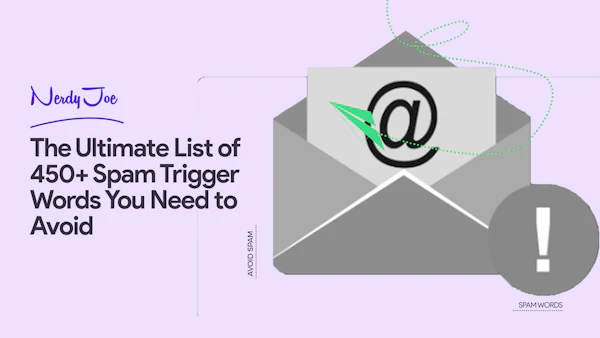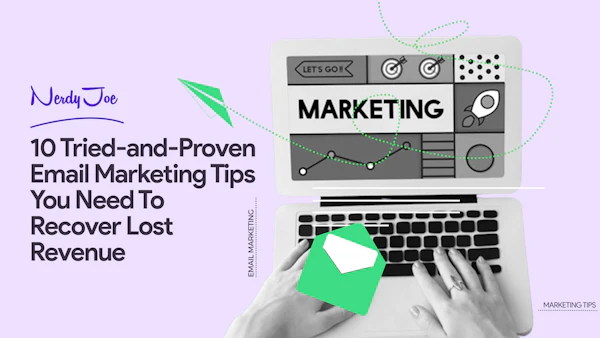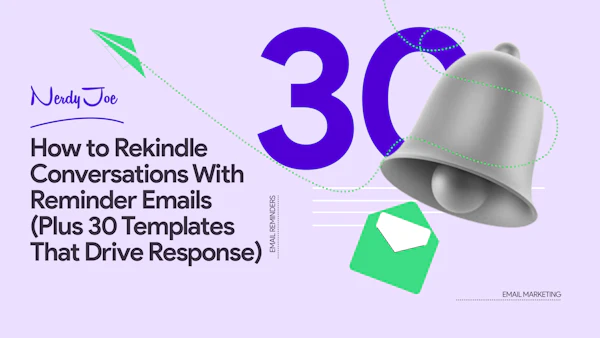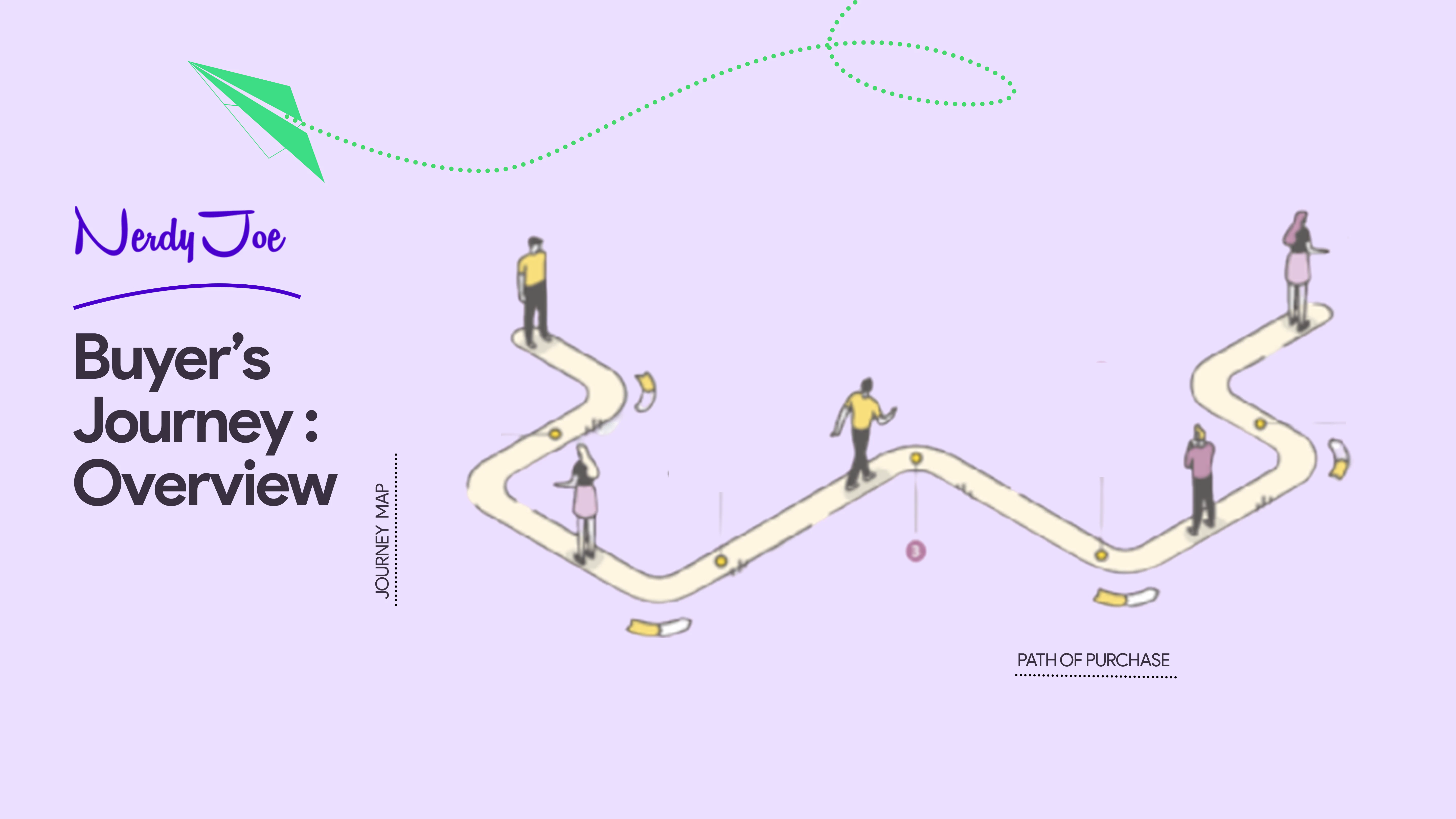
Consumers rarely make outright purchases. Before they make a purchase, they resort to days, weeks, or even months of research — talking to existing customers of the business they want to buy from and discussing with sales reps of other solutions to compare features and prices.
So, if you don't want to miss out on the opportunity early on, it's essential to create content your buyers are searching for. But how do you do this?
This is where the buyer's journey comes in.
Here, we will take a look at what a buyer's journey means, including the stages and how to create one.
What is the buyer journey?
The buyer’s journey, also known as the customer journey, is the process a prospect goes through before making a purchase or even triggering the buying process.
It encompasses all the actions taken by the prospect from the moment they identify a need or a problem to the purchase of the product or service that meets it.
In other words, it is the buying process through which your prospects realize their pain points, discover other solutions, and decide on what best works for them.
The buyer's journey depends mainly on the buyer's profile and buying habits.
We must also recognize that there are also various external factors that influence the buyer's journey.
Among them, we have, for example:
Changes in technology,
Buyer personas
The environment's influence on the consumer,
etc.
This is why in most cases, it takes several stages of interactions between the prospect and the brand before the sales happens.
Thus, understanding your buyer’s journey stages gives you a core understanding of your buyer’s pain point and the factors that can influence their decision — which you can use to position your products or services in a sales funnel to win them over.
In the next segment, you will learn more about the buyer's journey, including the different stages.
Three stages of the buyer’s journey
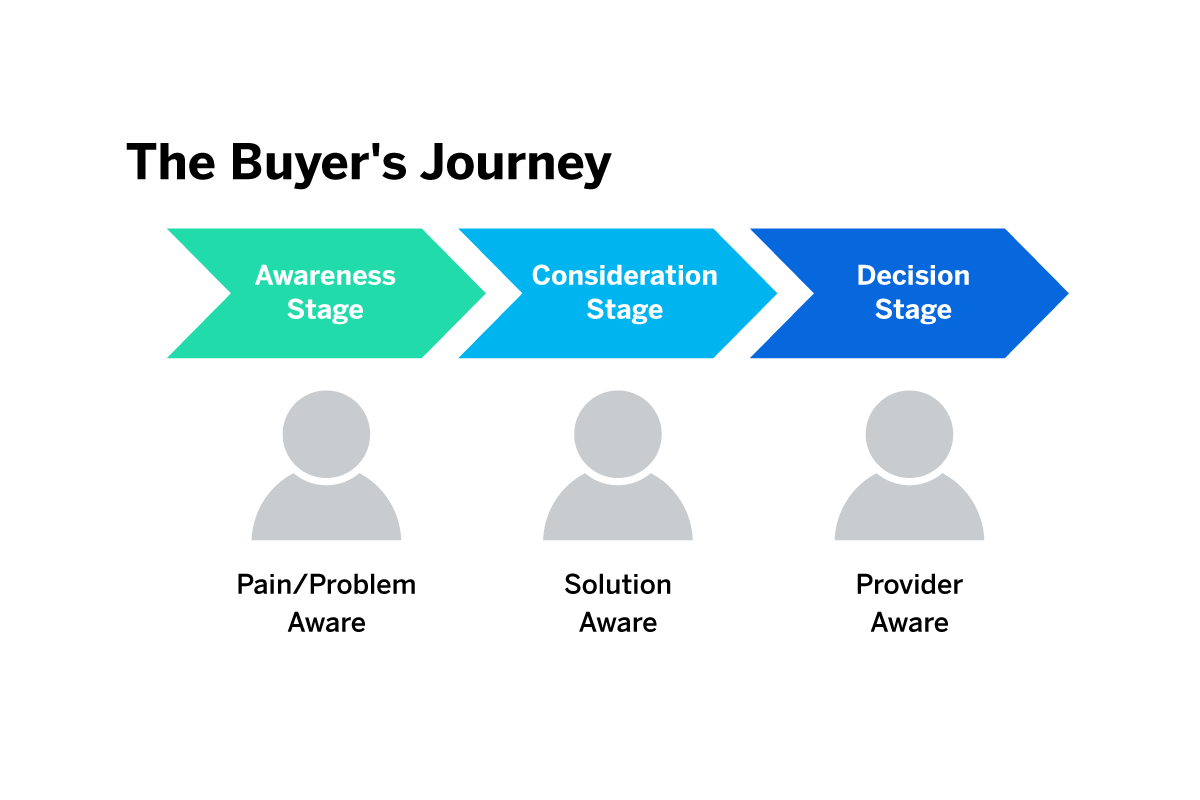
The buyer’s journey consists of various stages which describe a consumer’s journey toward purchase. This includes:
Awareness stage
In the awareness stage, the potential customer finds out or recognizes that they have a problem they need to solve, a pain point, if you will.
They understand that they have a problem that requires a solution.
From there, they get on a quest to gain more awareness about potential solutions (based on their specific needs) or how people with similar needs are solving those issues on their end.
Their awareness can either be acquired independently or through a piece of content that educates them.
Also, they can conduct research (usually through digital platforms – social networks, or search engines) to educate them more about their needs.
In short, the awareness stage enables the buyer to become aware of the problem they are facing.
Consideration stage
In the consideration stage, the buyer understands they have a problem and starts to look for options to solve it.
They conduct a Google search and begin to consider the potential solutions to best meet their needs.
For instance, a homeowner searches on Google or posts on social media and asks for help about the decaying tree that may eventually fall on their roof.
They can get tips on a DIY approach, suggestions on how they can handle the problem, or links to companies that can remove the tree without damaging the property.
Then, they begins to consider the pros and cons of each solution. They checks reviews, watches videos, and reads testimonials to weigh his options.
They pick a few solution they want to go with. And that eventually leads them to the decision stage.
That's the consideration stage.
Note that this stages of the buyer's journey does not necessarily lead to the decision making process aka decision stage. They might just give up on the idea of buying somewhere in the process.
Decision stage
After weighing options, the buyer decides on the right choice that can administer the solution.
This happens after they have explored all the available options that can address their problems and become interested in a particular product or service.
Since buyers today want to be informed before they decide on a particular product or service, companies have the opportunity to show why the consumer must choose their business.
For instance, once our hypothetical homeowner is aware of their problems and has considered all the potential solutions, they can decide to settle for an arborist company that can help in removing the tree without damaging their property.
Or they can decide to put the idea on the back burner — remember, the consideration stage doesn't necessarily lead to the decision stage.
Why is the buyer’s journey important?
Irrespective of the kind of business you are running or your industry, it is essential to have a framework that enables you to understand who your customers are and their buying behavior.
The framework, which is usually the buyer's journey, enables you to understand your customers’ needs at every stage and improve your sales process.
It enables your marketing and sales team to be more strategic about the actions they take.
For instance, if you want to reach customers in the awareness stage, you can consider improving your site’s ranking on the search engine results page through SEO.
You can also provide educational contents such as whitepapers, industry research, or blog posts to be there when they are conducting research.
By doing this, you establish your brand as an authority and build trust in your audience, which will ultimately influence their buying decisions.
Buyer’s journey vs. sales funnel
The customer journey describes the process a consumer goes through before making a purchase.
It maps out all the buyer's actions and decisions from the moment they identify a problem until the moment they purchase a solution (usually a product or service).
It often consists of 3 stages which include awareness, consideration, and the decision step.
Meanwhile, a sales funnel is a visual representation of the customer journey from a company's perspective. It describes the process a prospect undergoes to become a customer starting from a visitor or a lead.
It enables the company to identify ways by which they can transform strangers or visitors into buyers within the shortest possible time.
To be more precise, the funnel is an analogy to describe the sales process.
At the top of the funnel is a large number of potential customers, but the bottom consists of a fraction of these people who end up making the actual purchase.
As potential customers pass through each of these stages, they become more committed to the purchasing decision.
Businesses follow this model and implement their marketing strategies in each of these stages.
These sales funnel stages include:
Awareness
Interest
Desire
Action
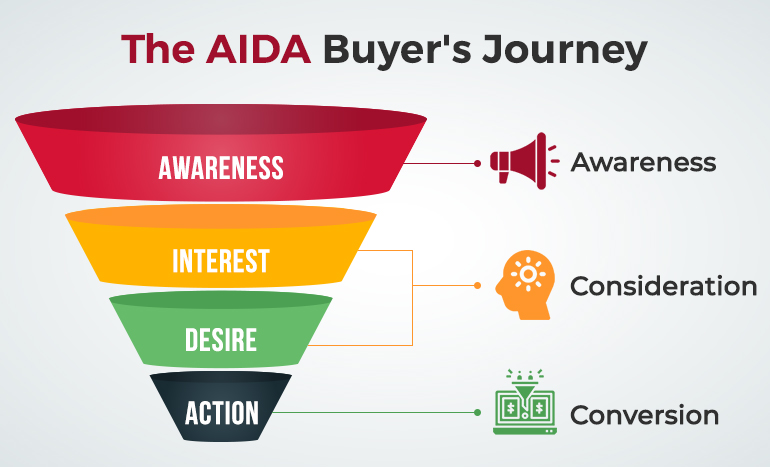
Three steps to create a buyer’s journey
Creating a buyer's journey can seem complex. However, it is not.
Here are three steps that can guide you in creating a buyer's journey.
Create a customer persona
A buyer persona is a fictional representation of your ideal buyer. Creating a buyer persona consists of knowing who your customers are and what they need.
When you gain insights into what they need, you can align your sales and marketing efforts to meet your buyer’s expectations. This isn't done based on imagination or guesses.
It goes from genuinely knowing what problems your solution solves and going after ICPs (Ideal Customer Profiles).
Create content for each stage
Once you have identified who your ideal customers are, you can create content that will benefit them for each stage. You will likely create different content for different stages.
For instance, prospects in the awareness stage are different from those in the consideration. As a result, you can’t give them both the same type of content.
Since the awareness stage involves identifying pain points, you can consider providing educational content such as top-of-the-funnel blog posts, explainer videos, and more.
Meanwhile, buyers in the consideration stage of the customer journey can get comparison videos/pages or host webinars since they are still researching their options.
On the other hand, buyers in the decision stage can receive promotional contents that offer incentives to incite them to make the purchase.
Include call-to-actions
When creating content for the buyer's journey stages, ensure you include a clear call to action.
The only difference is that the call-to-action for each stage varies.
For instance, an "awareness stage" content doesn't need a call-to-action that prompts the audience to buy right away.
Instead, you can onboard them on how your products or services work, or you can encourage them to sign up for newsletters.
Meanwhile, "consideration stage" content can nudge your audience to try out your free trials or collect their contact information so that your sales team can reach out to them.
Finally, a "decision stage" content can encourage your audience to make a purchase.
So, irrespective of the content you create for each stage, ensure you include a clear call to action.
Understanding email marketing buyer’s journey
There is also a specific buyer's journey email marketers use to sell to prospects.
Here, you send a series of emails that guide your target audience from one stage of the customer's journey to another.
The goal of each email is to encourage the readers and nudge them closer to the final stage. This process also cuts across various stages.
They include:
Awareness
This is where new subscribers enter the buyer's journey and interact with your brand. In most cases, it starts with a subscription to your email list.
At this stage, their utmost priority isn't to buy. And yours isn’t to sell. Instead, you are to nurture the relationship by educating them on their pain points and the value of your business.
You need to write and send them educational emails to educate them further on their needs and how your product fits into their goals of solving those needs.
Lead Acquisition
After getting your new subscribers aware of your brand, the next goal is to ensure they become marketing-qualified leads (MQLs).
Depending on what product you sell, email alone might not be enough. You might have to combine other tactics like email marketing, inbound marketing or have each lead talk to sales reps.
If you go the email marketing route, based on your leads' engagement with your nurturing sequences and how they act on your call to action, you can segment your audience.
Segment people based on their interests into categories and nurture them with the right emails that are relevant to them.
Your goal here is to make sure each email nurture does a great job of converting your MQLs into sales-qualified leads (SQLs) — and weed out prospects who are not sales ready.
Research
At this stage, you have to understand your potential customers.
You should identify the questions that keep your SQLs up at night.
At this point, your leads can be trying to chase their aspirations or nullify objections.
As you create email campaigns for your prospects, ensure you include useful information that can convince them when they research. Handle objections and give them reasons to consider your brand.
Consideration
At this stage of the buyer's journey, your prospects weigh their options. They begin to compare your brand with competitors.
This stage is essential as you have to tailor and design your email campaigns in a way that will make your customers settle for you.
To do this, you can send them comparison content that can present your brand positively. You can also offer a free trial or discounts to sofly budge them.
This gives them enough reasons to consider your brand when making their purchasing decision.
Purchase
All the previous stages help you to get your prospect to this stage. They're no longer target customers or potential buyers. They're at the end of the buying journey and it's the job of your marketing team to help them reach the next stage, which is the final purchase decision.
Here, basically, you need to get aggressive with targeted content, unique offers and deals to get them to purchase. You can offer demos and testimonials and try strategies to handle their objections.
And once they have clicked on the “Buy Now!” button, you have to show your customers they made the right decision. You have to quell the anxiety customers have when they have placed an order.
For instance, if you are in the e-commerce industry, you can send emails to your customers on when their orders will arrive.
They can know where their shipment is, and the estimated time it will get to them.
Upsells and cross-sells
The journey doesn’t end at purchase. You want to retain customers or go further by upselling and cross-selling.
This event is often based on how you segment your audience and the actions your customer has taken.
Others can be based on life events, seasonality, or the number of times they have used your products.
For instance, a gym class can offer a member some weight loss class if they have gained weight, or a spa can offer facial sessions alongside massage services.
Loyalty
At the loyalty stage, you can follow up on your customers to maximize the ROI of email marketing. Your goal is to keep offering them value so that they become loyal customers.
To do this, you can offer personalized tips on how to use your products or create a loyalty reward or referral program.
This process helps to improve customer retention and increase loyalty among your customers.
Key Takeaways
A buyer's journey describes a consumer's path before purchasing a particular product or service.
A buyer's journey consists of three stages — awareness, consideration, and decision stages.
A buyer's journey is from the buyer's perspective, while a sales funnel is from the company's perspective.
